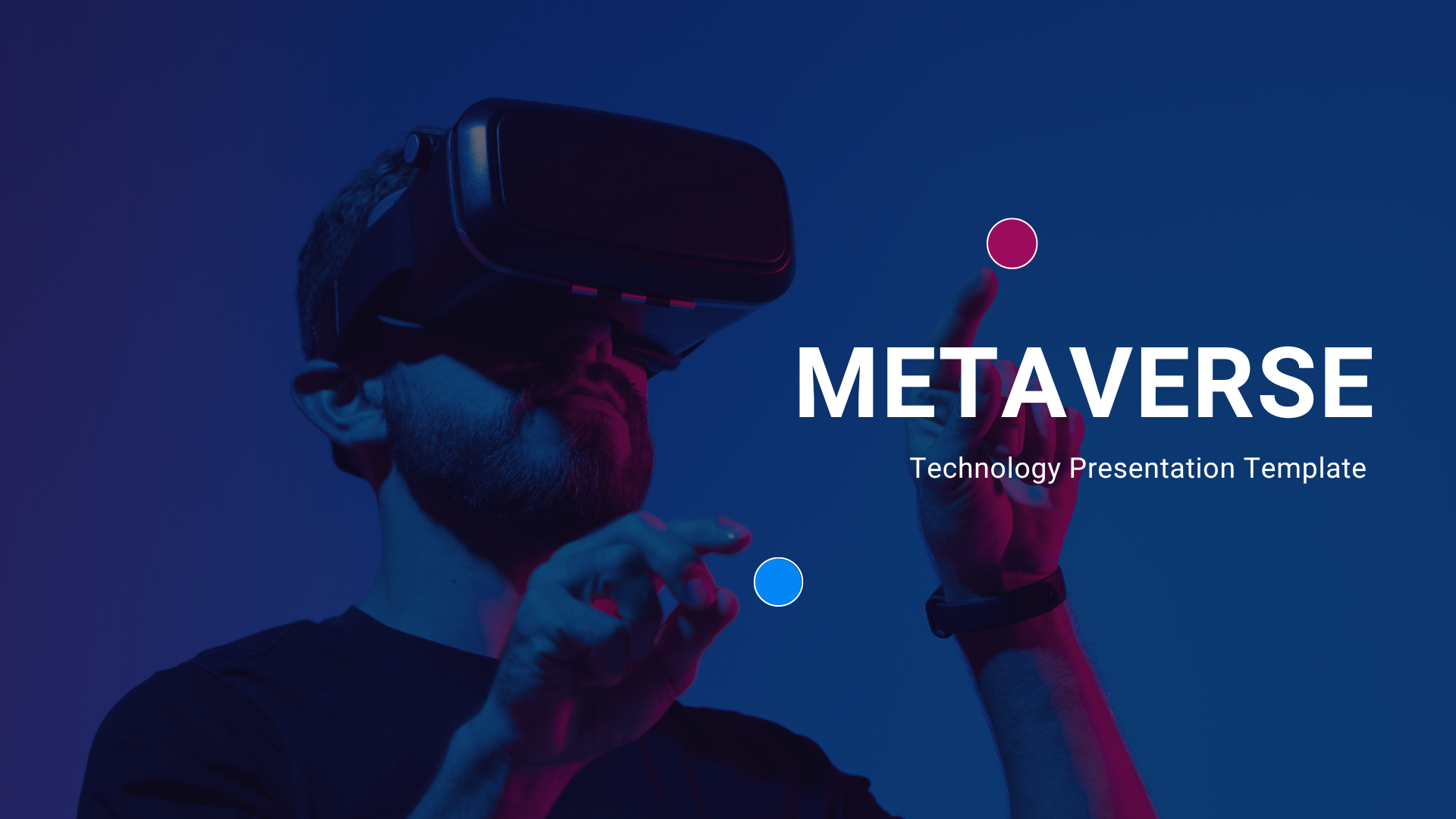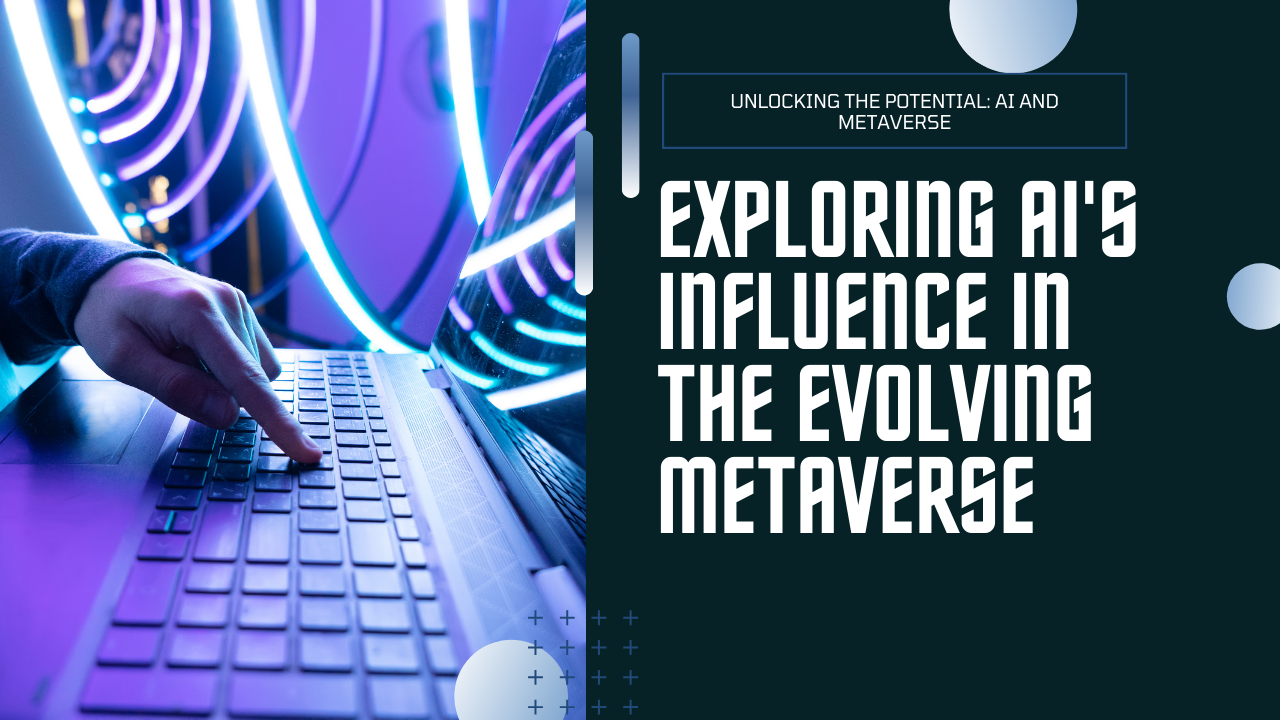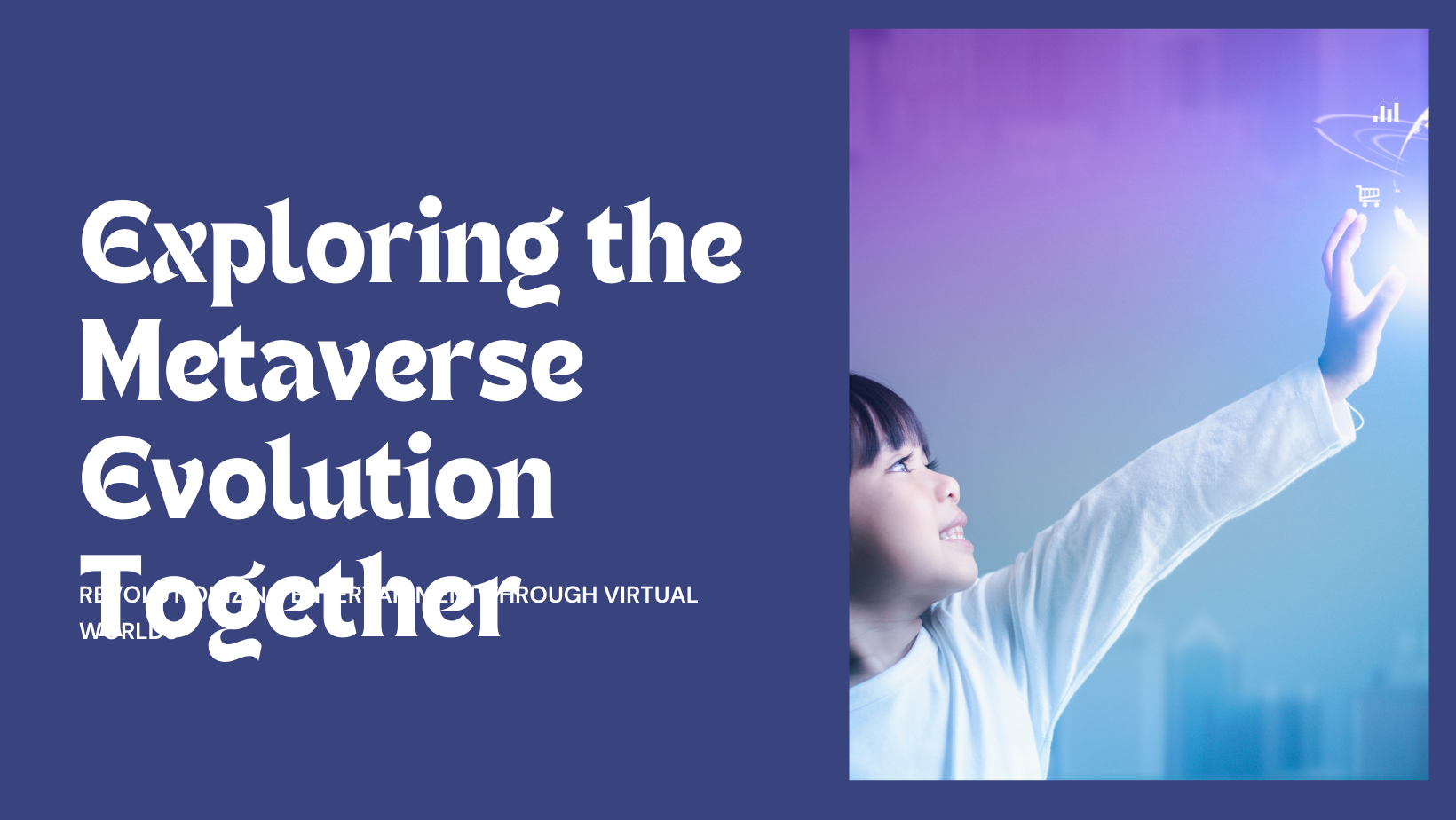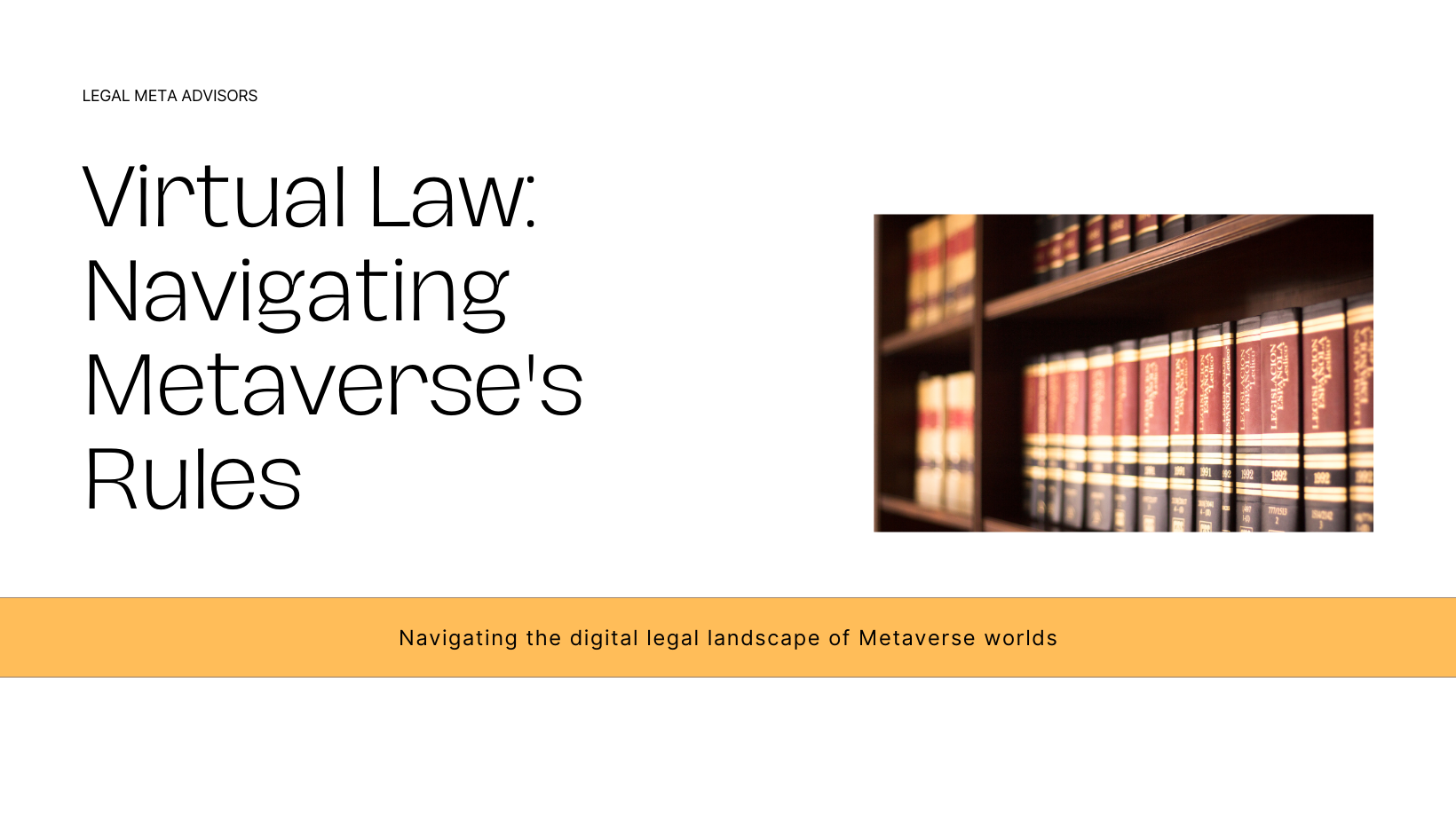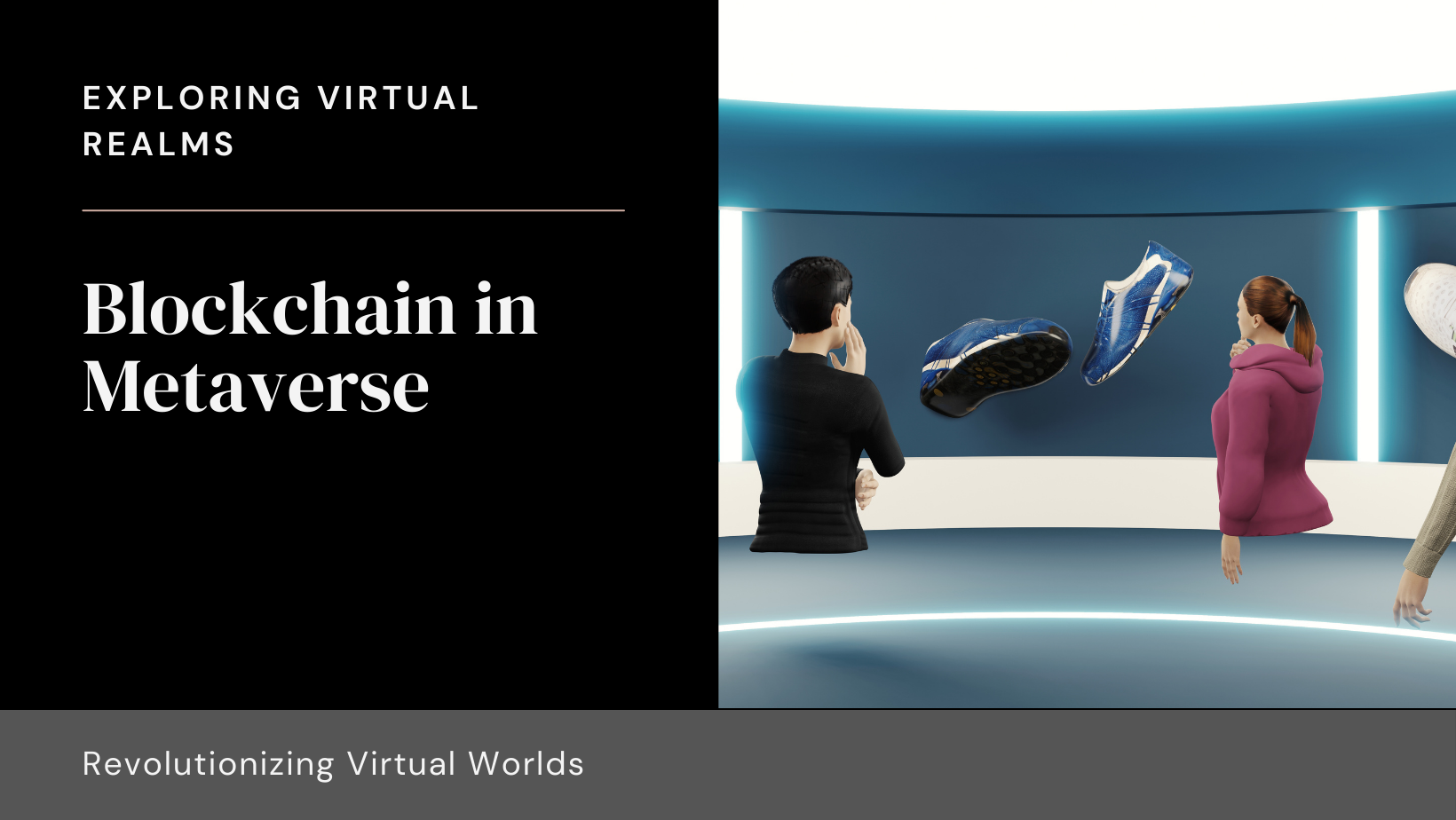In recent years, the term “Metaverse” has captured the imagination of tech enthusiasts and innovators alike. Coined by Neal Stephenson in his 1992 science fiction novel “Snow Crash,” the Metaverse represents a virtual reality space where users can interact with each other and digital objects, often depicted as a successor to the internet. Today, this concept is rapidly evolving from fiction into reality, driven by advancements in technology and a growing demand for immersive digital experiences.
What is the Metaverse?
The Metaverse refers to a collective virtual shared space, created by the convergence of virtually enhanced physical reality and physically persistent virtual reality. It’s a digital universe where users can interact with each other and digital entities, engage in commerce, play games, attend events, and more. Unlike traditional online experiences, the Metaverse aims to blend the physical and digital worlds seamlessly, offering a persistent, immersive environment that users can access through various devices like VR headsets, smartphones, and computers.
Key Components of the Metaverse
- Virtual Worlds and Environments: Central to the Metaverse are virtual worlds that simulate physical spaces or create entirely new ones. These environments are designed to be persistent, meaning they continue to exist and evolve even when users are not actively present.
- Avatars and Identity: Users interact with the Metaverse through avatars, digital representations of themselves. Avatars allow for personalized experiences, enabling users to express themselves and engage with others in a virtual space.
- Social Interaction: Socialization is a cornerstone of the Metaverse, facilitating real-time communication and collaboration between users across geographical boundaries. Social platforms within the Metaverse mimic real-world interactions, fostering communities and relationships.
- Economy and Commerce: The Metaverse supports virtual economies where users can buy, sell, and trade digital goods and services. This includes virtual real estate, virtual fashion, digital art, and more. Blockchain technology often underpins these transactions, ensuring security and ownership rights.
- Immersive Experiences: Immersion is key to the Metaverse experience, achieved through technologies like Virtual Reality (VR) and Augmented Reality (AR). These technologies enhance sensory perceptions, making interactions within the virtual environment feel more realistic and engaging.
Applications of the Metaverse
- Gaming and Entertainment: Gaming has been a primary driver of Metaverse development, with virtual worlds like Fortnite and Roblox already demonstrating massive user engagement. These platforms integrate social interaction, user-generated content, and economic systems within immersive gaming environments.
- Virtual Conferences and Events: The Metaverse offers new possibilities for hosting events such as conferences, concerts, and exhibitions in virtual spaces. Attendees can participate from anywhere in the world, reducing logistical constraints and increasing accessibility.
- Education and Training: Virtual classrooms and training simulations within the Metaverse provide interactive learning experiences. Students can engage in collaborative projects, conduct virtual experiments, and explore historical simulations, enhancing learning outcomes through immersive environments.
- Business and Collaboration: Companies are exploring the Metaverse for virtual offices, team meetings, and product demonstrations. These virtual spaces facilitate global collaboration, reduce travel costs, and enhance productivity by enabling seamless communication and interaction.
Challenges and Considerations
- Technical Infrastructure: Building a scalable and reliable Metaverse requires robust technical infrastructure, including high-speed internet connectivity, powerful servers, and advanced rendering capabilities to support immersive experiences.
- Privacy and Security: Protecting user data and ensuring cybersecurity within the Metaverse is crucial. As users spend more time in virtual environments, concerns about data privacy, identity theft, and digital security become increasingly significant.
- Accessibility and Inclusivity: Making the Metaverse accessible to everyone, regardless of physical ability or socioeconomic status, remains a challenge. Addressing these barriers requires designing inclusive user interfaces, supporting diverse hardware platforms, and promoting digital literacy.
Future Outlook
The Metaverse represents a paradigm shift in how we interact with digital content and each other. As technology continues to evolve, its potential applications across industries—from entertainment and education to healthcare and beyond—will expand. Innovators and developers are actively exploring new possibilities, pushing the boundaries of what’s possible in virtual space.
Conclusion
In conclusion, the Metaverse is not just a futuristic concept but a rapidly evolving digital reality with profound implications for society, technology, and commerce. Understanding its components, applications, and challenges is essential for businesses and individuals looking to harness its potential. As the Metaverse continues to develop, it promises to reshape how we live, work, and connect in the digital age.
For more insights into emerging technologies and their impact on business and society, stay tuned to Sodio Technologies’ blog. Embrace the future of digital realities with us as we navigate the exciting journey ahead in the Metaverse.
